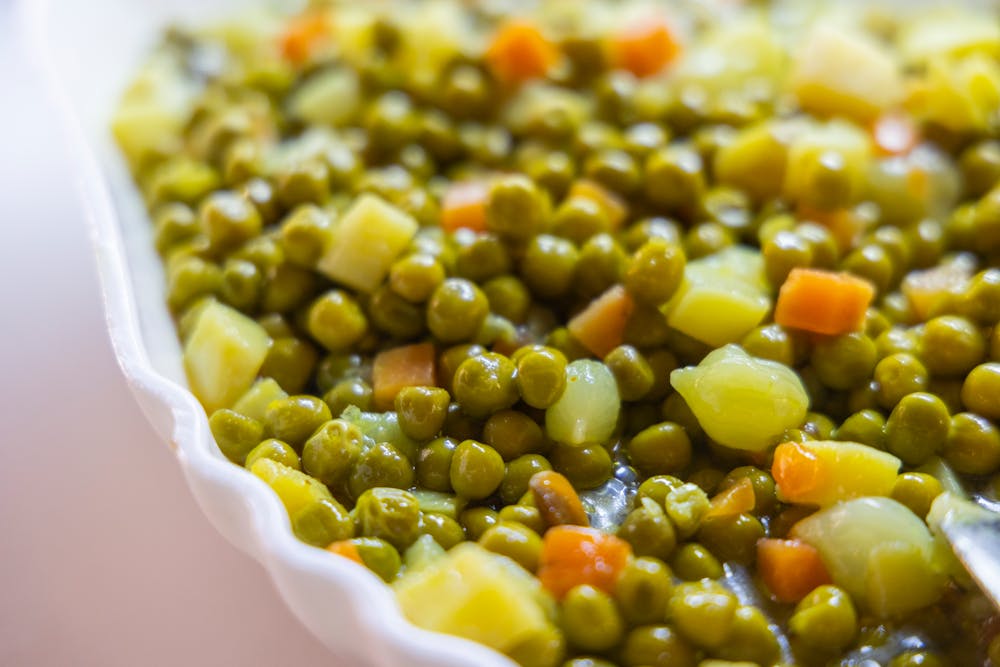As someone who loves to cook nutritious and delicious meals, I’ve discovered the incredible versatility and health benefits of legumes. Beans and lentils are not only budget-friendly and easy to cook, but they’re also packed with protein, fiber, and essential nutrients. Whether you’re a vegetarian looking for plant-based protein sources or simply wanting to add more variety to your meals, cooking with legumes is a fantastic option. Here’s a guide to help you navigate the world of beans and lentils:
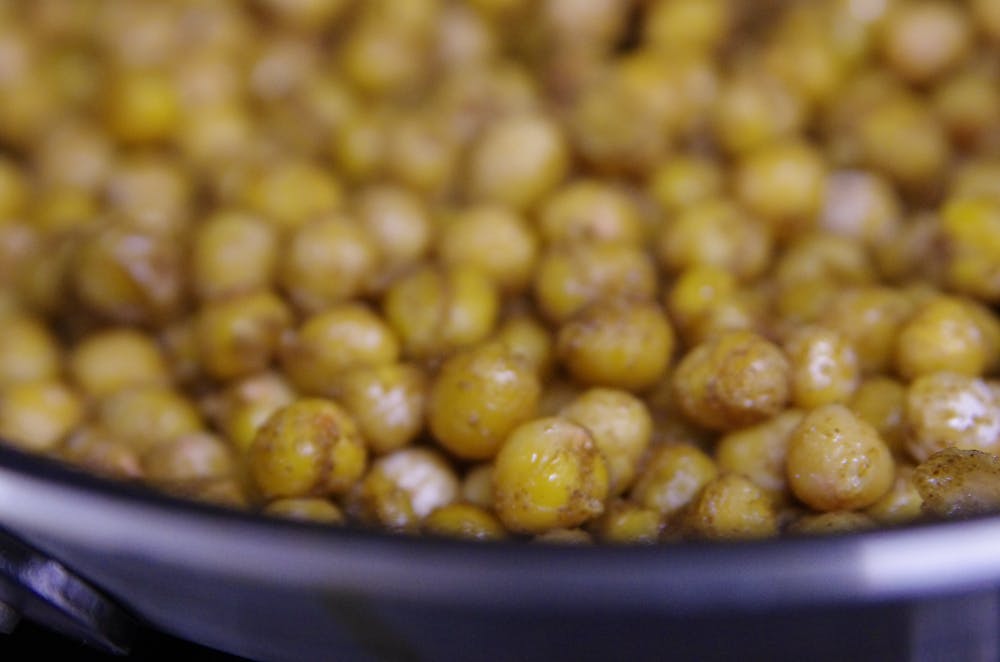 1. **Choosing Legumes**: There are countless varieties of beans and lentils to choose from, each with its own unique flavor and texture. Some popular types of beans include black beans, kidney beans, chickpeas, and cannellini beans, while common varieties of lentils include green, brown, and red lentils. Experiment with different types to find your favorites.
1. **Choosing Legumes**: There are countless varieties of beans and lentils to choose from, each with its own unique flavor and texture. Some popular types of beans include black beans, kidney beans, chickpeas, and cannellini beans, while common varieties of lentils include green, brown, and red lentils. Experiment with different types to find your favorites.
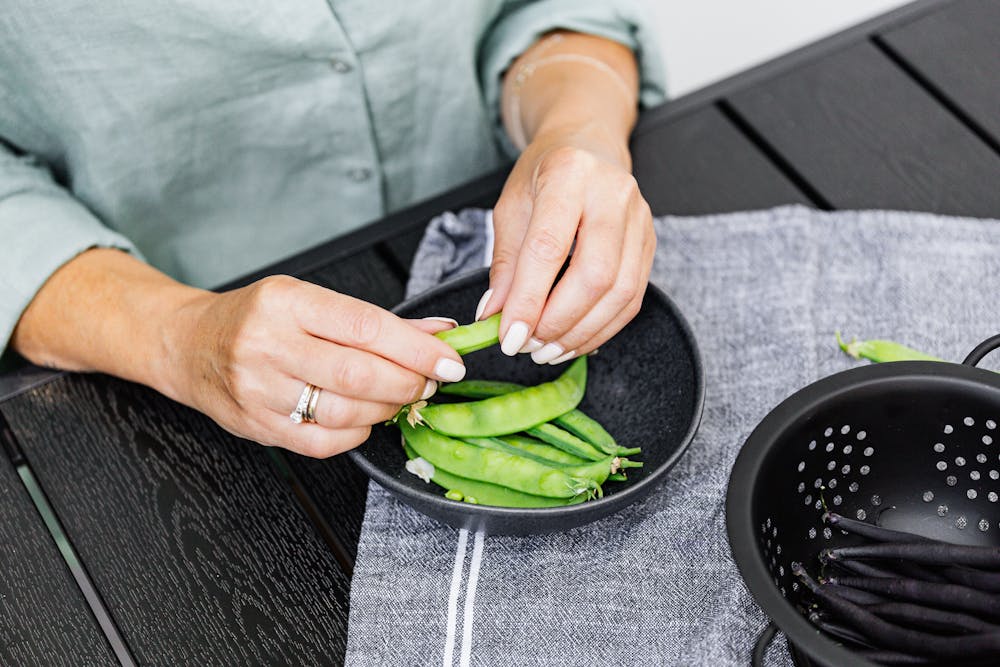 2. **Preparation**: Before cooking legumes, it’s important to rinse them thoroughly under cold water to remove any dirt or debris. You can also soak them overnight to reduce cooking time and improve digestibility. However, many legumes, especially lentils, don’t require soaking and can be cooked directly.
2. **Preparation**: Before cooking legumes, it’s important to rinse them thoroughly under cold water to remove any dirt or debris. You can also soak them overnight to reduce cooking time and improve digestibility. However, many legumes, especially lentils, don’t require soaking and can be cooked directly.
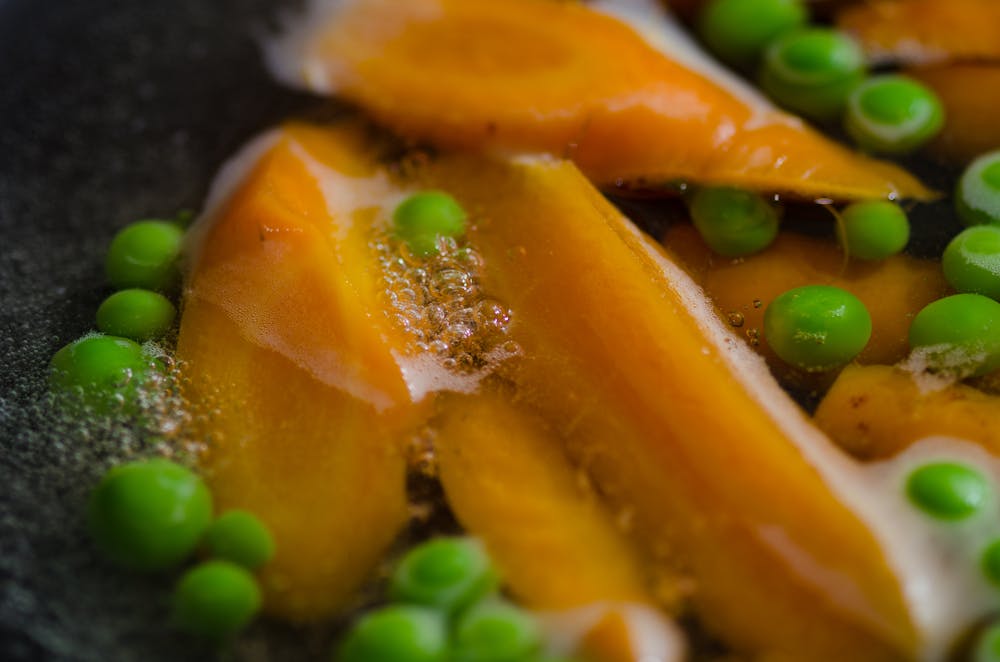 3. **Cooking Methods**: Legumes can be cooked in a variety of ways, including boiling, simmering, steaming, and pressure cooking. The cooking time will vary depending on the type of legume and whether or not it has been soaked. Generally, beans require longer cooking times than lentils. To cook legumes, simply cover them with water or broth, bring to a boil, then reduce heat and simmer until tender.
3. **Cooking Methods**: Legumes can be cooked in a variety of ways, including boiling, simmering, steaming, and pressure cooking. The cooking time will vary depending on the type of legume and whether or not it has been soaked. Generally, beans require longer cooking times than lentils. To cook legumes, simply cover them with water or broth, bring to a boil, then reduce heat and simmer until tender.
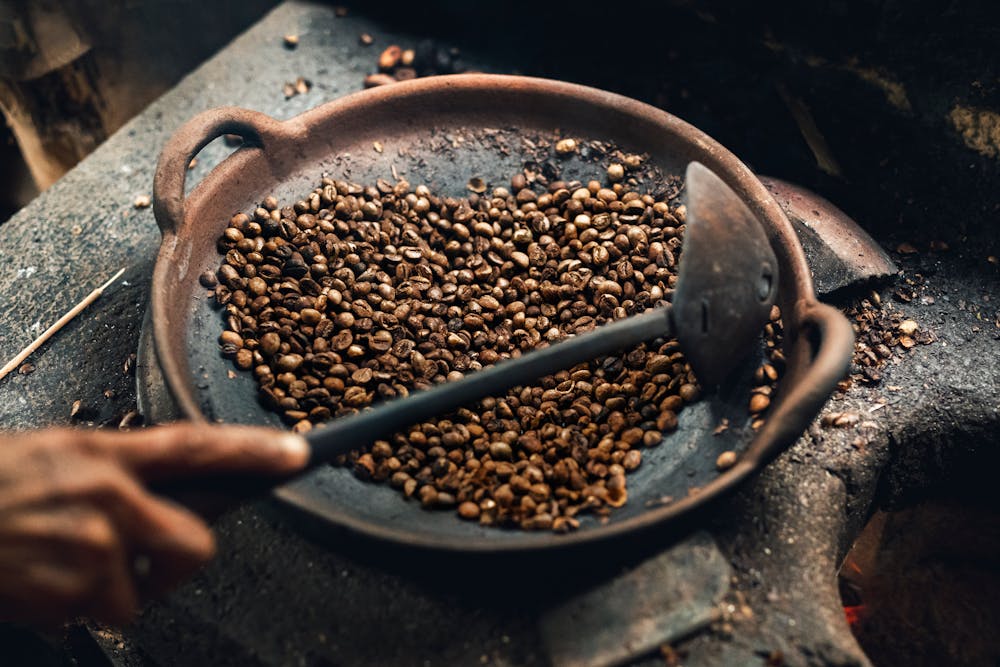 4. **Flavoring**: Legumes are incredibly versatile and can be flavored in countless ways. Add aromatics like onions, garlic, and herbs to enhance their flavor. You can also incorporate spices, such as cumin, paprika, or curry powder, to create bold and delicious dishes. Don’t forget to season with salt and pepper to taste.
4. **Flavoring**: Legumes are incredibly versatile and can be flavored in countless ways. Add aromatics like onions, garlic, and herbs to enhance their flavor. You can also incorporate spices, such as cumin, paprika, or curry powder, to create bold and delicious dishes. Don’t forget to season with salt and pepper to taste.
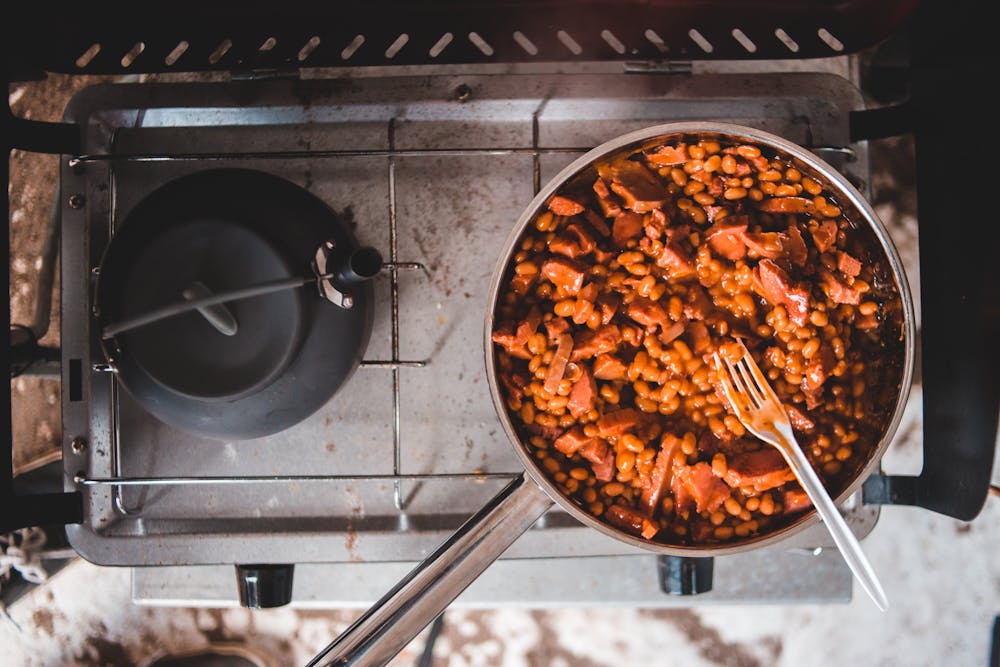 5. **Recipes**: There are endless possibilities when it comes to cooking with legumes. From hearty soups and stews to flavorful salads and curries, legumes can be incorporated into a wide range of dishes. Try experimenting with different recipes and cuisines to discover new and exciting ways to enjoy legumes.
5. **Recipes**: There are endless possibilities when it comes to cooking with legumes. From hearty soups and stews to flavorful salads and curries, legumes can be incorporated into a wide range of dishes. Try experimenting with different recipes and cuisines to discover new and exciting ways to enjoy legumes.
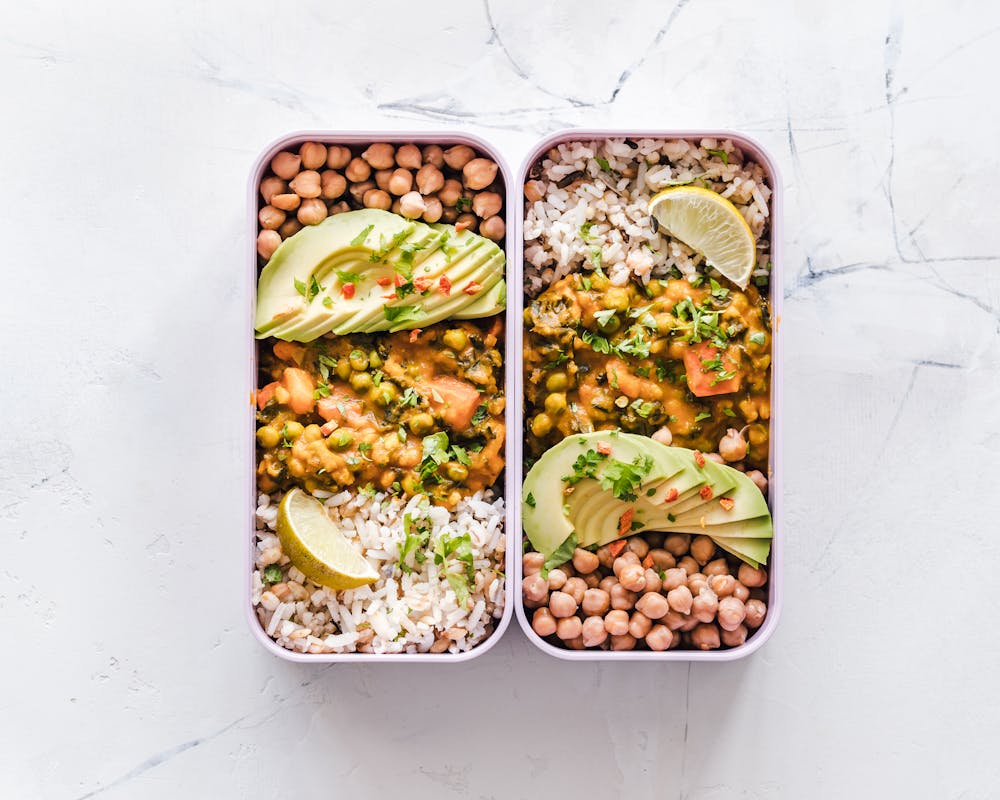 6. **Storage**: Cooked legumes can be stored in an airtight container in the refrigerator for up to a week, or frozen for longer storage. Be sure to let them cool completely before storing, and consider portioning them out for easy meal prep.
6. **Storage**: Cooked legumes can be stored in an airtight container in the refrigerator for up to a week, or frozen for longer storage. Be sure to let them cool completely before storing, and consider portioning them out for easy meal prep.
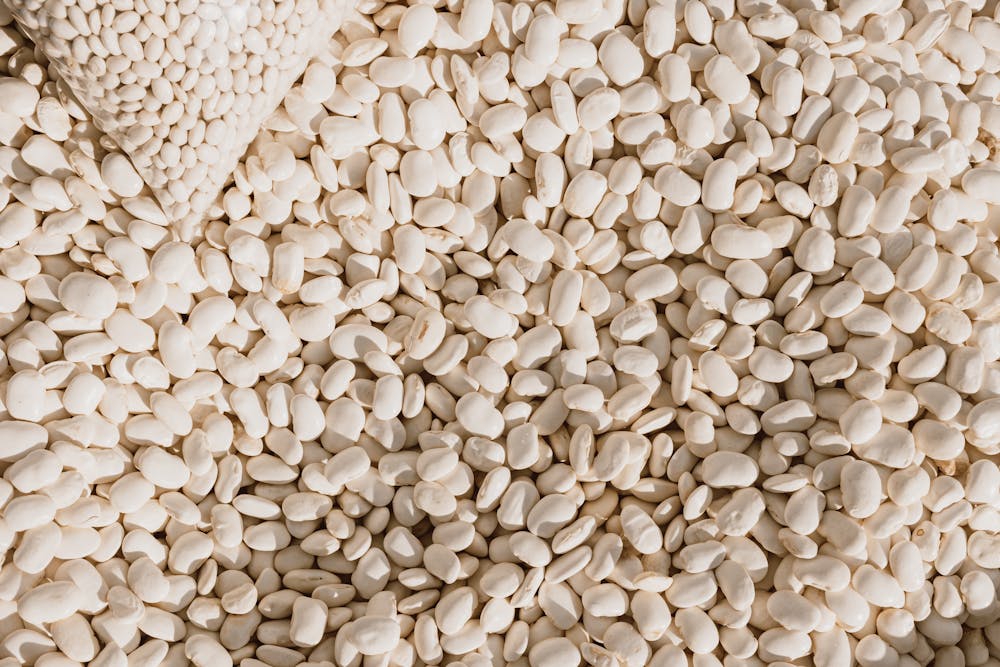 In conclusion, cooking with legumes is a delicious and nutritious way to add variety to your meals. Whether you’re a vegetarian looking for protein-rich alternatives or simply wanting to explore new flavors and textures, legumes are a fantastic option. So go ahead, stock up on beans and lentils, and get creative in the kitchen! Your taste buds and your body will thank you.
In conclusion, cooking with legumes is a delicious and nutritious way to add variety to your meals. Whether you’re a vegetarian looking for protein-rich alternatives or simply wanting to explore new flavors and textures, legumes are a fantastic option. So go ahead, stock up on beans and lentils, and get creative in the kitchen! Your taste buds and your body will thank you.
